Challenge Poverty Week Blog - The time is now: Recognising and responding to racial discrimination i
Challenge Poverty Week 2017 asserts that poverty exists in Scotland and is solvable; acknowledging this is the first step to tackling poverty.
For BME groups in Scotland, it is certainly true that poverty exists. On the whole, BME groups are twice as likely as their white counterparts to live in poverty. [1] This is due to a range of factors, many of which vary from those experienced by white groups. The recognition of this variance is key to addressing poverty in BME communities.
One of the major causes of poverty in BME groups is a lack of employment. The employment rate in Scotland is considerably higher for white groups (72.0%) than for BME groups (55.2%) aged 25-49, despite school leavers from BME groups having significantly higher attainment than their white counterparts and going onto positive post-school destinations at higher rates.[2] Even when BME individuals find work, it is often low-paid and beneath their qualification levels.[3]
For BME young people struggling to transition to the labour market, there is a range of hurdles that must be overcome to achieve parity with their white peers. Children from a BME background are significantly more likely to grow up in disadvantaged circumstances than white children, with 36% of BME children living in a household with an annual income in the lowest quintiles compared to 22% of white children. [4] BME children aged 0-15 are more likely to live in a flat or mobile/temporary accommodation than their white counterparts (45.2% vs 22.5%).[5] In school, BME children face racism and racial bullying from their peers, often in contexts where teachers are unable to adequately address and prevent racist behaviour.
Despite this, BME children and young people achieve considerably in school. Overall, 74.8% of BME pupils (including 76.8% of Asian pupils and 79.0% of African pupils) achieved one or more qualification at SCQF level 6 or better compared to 61.1% of white pupils. [6] 80% of BME school leavers go onto further and higher education, compared to 65% of leavers from other backgrounds.[7] In Scotland, degrees are held by 32% of BME people compared to 20% of white people,[8] and 47.6% of BME people hold a Level 4 qualification or higher compared to 25.3% of white people.[9]
And yet, this does not translate into advantages when entering the labour market. BME groups are less likely to be an employee (44.0% vs. 51.0%), especially a full-time employee (28.8% vs 36.7%). In contrast, BME individuals are more likely to be employed part-time (15.1% vs 14.3%), be self-employed (8.3% vs 6.9%), and be unemployed (8.0% vs 5.0%).[10]Overall, people form BME groups are clustered into lower-grade jobs and denied access to training opportunities that may help them progress into promoted posts.[11]
The key factor in these disparities is discrimination. A 2009 DWP study found that people with a ‘BME name’ had to submit 16 job applications to receive a positive response in contrast to 9 for those with a ‘white name’, even though they were submitting the same application.[12] A CRER study evidenced that for local authority jobs, even after the interview stage, white candidates were almost twice as likely to be appointed as BME candidates.[13]
The Scottish Parliament’s Equal Opportunities Committee asserted in its report “Removing Barriers: race, ethnicity, and employment” that, “We can only make progress if we refuse to accept defective aspects of current employment and recruitment practices and challenge segregation within employment. Without confronting existing practices, we cannot address any underlying racism and discrimination that the evidence confirms exists.”
For BME groups in Scotland, poverty has a clear cause – discrimination in entering the labour market and in employment. Initiatives aimed at increasing attainment and encouraging young people to enter further and higher education will miss BME young people, and the discrepancy between these groups will continue to grow.
To boost incomes for BME groups, measured and considered work must go into addressing discrimination – unwitting or otherwise – in public, private, and third sector bodies. Scotland must accept that measures for the majority do not serve as a proxy for measures for everyone. Poverty amongst BME groups is solvable, but the solution is different from the solutions for white communities.
Recent publications including the Removing Barriers: Race, ethnicity, and employment; Race in the Workplace: The MacGregor-Smith Review; and the Race Equality Framework for Scotland provide recommendations to address this issue.
After decades of research, reports, legislation, and equality policies, we know what the problems are and we know what the solutions are. Now we must act to bring about real change.
[1] The Scottish Government (2016). Equality characteristics of people in poverty in Scotland, 2014/2015.
[2] Scottish Parliament Information Centre. SPICe Briefing: Ethnicity and Employment.
[3] Joseph Rowntree Foundation (2016). Poverty and Ethnicity: Key messages for Scotland.
[4] Scottish Government (2013). Growing Up in Scotland: Birth Cohort 2 – Results from the first year.
[5] 2011 Scottish Census
[6] Data requested from the Scottish Government
[7] The Equal Opportunities Committee (2016). Removing Barriers: Race, ethnicity, and employment.
[8] The Scottish Government. Ethnicity and Employability, Skills and Lifelong Learning.
[9] 2011 Scottish Census
[10] 2011 Scottish Census
[11] The Equal Opportunities Committee (2016). Removing Barriers: Race, ethnicity, and employment.
[12] Department for Work and Pensions (2009). A test for racial discrimination in recruitment practices in British cities.
[13] CRER (2014). State of the Nation: Employment.

